MINI Cooper [2014-2018] S
- Cooper [2014-2018]
- Specs & Features
- Variants
- Colours
- User Reviews
Variant
MINI Cooper [2014-2018] S Review
The Mini Cooper S JCW (John Cooper Works edition) represents the absolute best of what Mini has to offer, taking advantage of the extra power and a more ostentatious design over the standard car. The JCW edition also happens to be the most powerful hatchback one can buy in India, making it jolly exciting. However, at well above Rs 40 lakhs, it’s hardly a good value. In fact, for the same price you can buy a VW GTI (a full-on hot hatch) and a Polo GT TSI (a pseudo hot hatch) and still have plenty of change to turn them into complete monsters.
Introduction
Design and Style
Interior
Safety and Equipment
Engine, Performance and Braking
Ride and Handling
Price and Fuel Economy
Specification
Test Data
Specifications & Features
- Specifications
- Features
- Specifications
- Features
Specifications
Engine & Transmission
Engine1998 cc, 4 Cylinders Inline, 4 Valves/CylinderFuel TypePetrolMax Power (bhp@rpm)189 bhp @Max Torque (Nm@rpm)280 Nm @ 1250 rpmMileage (ARAI)18.2 kmplTransmissionAutomatic - 6 Gears, Sport ModeValve/Cylinder (Configuration)4Dimensions & Weight
Length3850 mmWidth1727 mmHeight1414 mmWheelbase2495 mmKerb Weight1220 kgCapacity
Suspensions, Brakes, Steering & Tyres
Features
Exterior
Braking & Traction
Safety
Comfort & Convenience
Lighting
Locks & Security
Doors, Windows, Mirrors & Wipers
Entertainment, Information & Communication
Mobile App Features
Storage
Airbags
Seats & Upholstery
Instrumentation
Manufacturer Warranty
Other Cooper [2014-2018] Variants
| Variants | Price | Specifications | |
|---|---|---|---|
Rs. 33.20 Lakh | 4 Person, 280 Nm, 1220 kg, 211 litres, 6 Gears, No, 44 litres, No, Front & Rear, 3850 mm, 1727 mm, 1414 mm, 2495 mm, 280 Nm @ 1250 rpm, 189 bhp @, Remote, Yes (Automatic Climate Control), Front Only, 1, 0, Yes, Yes, 1, 3 Doors, 18.2 kmpl, Petrol, Automatic, 189 bhp | Get Offers from Dealers |
Similar Cars
Explore Used MINI Cooper
Colors
Reviews
- (3 Ratings) 2 Reviews
4.7/5
- Superb perfectNice car amazing performance i m happy with this car if u want nice car in this budget so please buy this car I promise u u will enjoy this car ride guys and looks are superb my daughter like this carRating parameters(out of 5)5
Exterior
5Comfort
5Performance
5Fuel Economy
5Value For Money
About the ReviewerPurchase UsedDriven forFew thousand kilometersWas this review helpful?10 - FabI really loved the car, A single Drive Feels Like Fly Looks Fabulous. Also, The performance is best in class And also the service The best. Maintaining and all as always. Pros- Look.NANARating parameters(out of 5)5
Exterior
5Comfort
4Performance
4Fuel Economy
5Value For Money
About the ReviewerPurchase Not PurchasedDriven forDid a short drive onceWas this review helpful?00

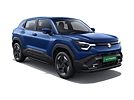


![MINI Cooper [2014-2018] S MINI Cooper [2014-2018] S](https://imgd.aeplcdn.com/664x374/cw/specialVersions/3973.jpg?v=20151203124319&q=80)
![MINI Cooper [2014-2018] Right Front Three Quarter MINI Cooper [2014-2018] Right Front Three Quarter](https://imgd.aeplcdn.com/664x374/ec/A3/F2/16611/img/m/Mini-Cooper-Right-Front-Three-Quarter-51907_ol.jpg?v=201711021421&q=80)
![MINI Cooper [2014-2018] Right Front Three Quarter MINI Cooper [2014-2018] Right Front Three Quarter](https://imgd.aeplcdn.com/664x374/ec/A3/F2/16611/img/m/Mini-Cooper-Right-Front-Three-Quarter-43195_ol.jpg?v=201711021421&q=80)
![MINI Cooper [2014-2018] Rear View MINI Cooper [2014-2018] Rear View](https://imgd.aeplcdn.com/664x374/ec/9E/D1/14480/img/ol/Mini-New-Mini-Hatchback-Rear-view-31789.jpg?v=201711021421&q=80)

![MINI Cooper [2014-2018] Left Rear Three Quarter MINI Cooper [2014-2018] Left Rear Three Quarter](https://imgd.aeplcdn.com/664x374/ec/9E/D1/14480/img/ol/Mini-New-Mini-Hatchback-left-rear-three-quarter-31790.jpg?v=201711021421&q=80)
![MINI Cooper [2014-2018] Left Side View MINI Cooper [2014-2018] Left Side View](https://imgd.aeplcdn.com/664x374/ec/A3/F2/16611/img/ol/Mini-Cooper-Left-Side-View-43199.jpg?v=201711021421&q=80)
![MINI Cooper [2014-2018] Left Front Three Quarter MINI Cooper [2014-2018] Left Front Three Quarter](https://imgd.aeplcdn.com/664x374/ec/9E/D1/14480/img/ol/Mini-New-Mini-Hatchback-Left-Front-Three-Quarter-31791.jpg?v=201711021421&q=80)

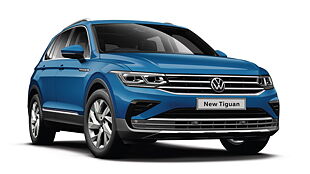
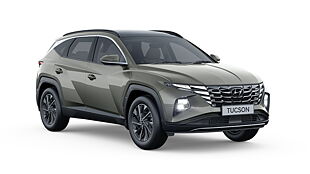
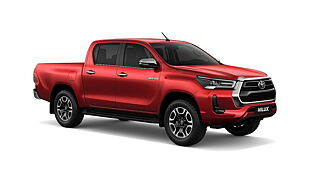
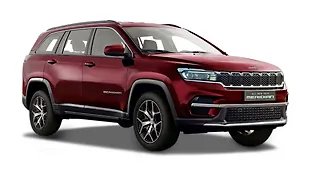
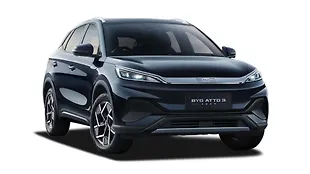

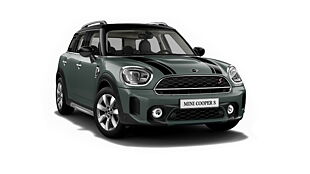
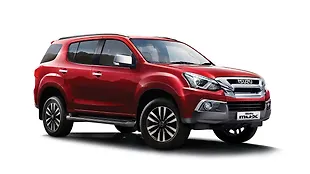
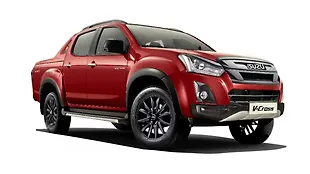


![Second hand MINI Cooper S 3 Door [2018-2020] Second hand MINI Cooper S 3 Door [2018-2020]](https://imgd.aeplcdn.com/310x174/cw/ucp/stockApiImg/9ZBH7CO_zmt5daih_1_50084978.jpg?q=80)





